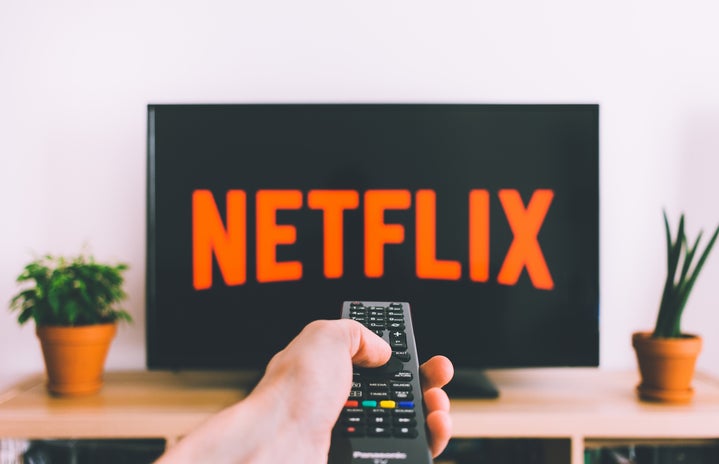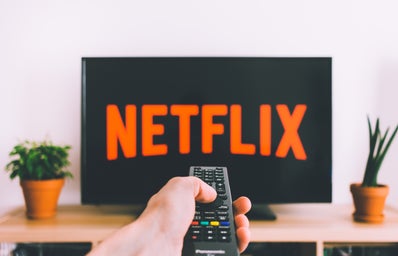** SEASON 6 SPOILERS AHEAD! **
Animation – a medium often paired with the words ‘Disney’, ‘children’s films’ or ‘cartoons’. While all of these are valid associations, animation has had a long and rich history of more ‘adult’ uses, from anti-Nazi propaganda in the US to sexual fantasies in Japan. The medium is rooted in the abstract, in the idea that series of moving images, shapes and colours are better equipped to illustrate things we cannot put into words – if we cannot explain it, we draw it out. Yet, its artistic potential is often locked behind films that are incredibly realistic. In other words, they value drawing us into a world that looks incredibly similar to our own without broadening the horizons of what the medium can do.
Bojack Horseman has finally introduced this to the masses. And in homage to its conclusion at the end of January, I thought it would be apt to discuss.
Immediately, the world of ‘Hollywoo’ is shown to us as a satirical almost underbelly of present-day Hollywood, where anthropomorphic and human characters co-exist. We know that this world isn’t meant to create a different world, but rather show us a new side ours through the lenses of each character. Human and animal species alike share the same complex range of emotions which the show does a brilliant job of illustrating.
Bojack Horseman creates its own ‘visual grammar’, coding certain feelings or ideas into different images or icons. Sarah Lynn dies just below a sea of stars for which Bojack is responsible; the same galaxy ‘print’ appears in Bojack’s bottle of vodka disguised as water that accidentally starts his therapy-horse back down a track of alcoholism. This re-occurring image is Bojack’s re-occurring guilt. But this isn’t exclusive to the protagonist. Diane, when struggling to write her book, is constantly interrupted by scenes of sketchy black and white outlines. The words which she attempts to write appear on scrap pieces of paper in colour. We are drawn to those words whilst struggling to make sense of the shaky outlines of her trauma, just as she does in her writing process.
In fact, the whole show is a process of attempting to piece things together, beautifully mirroring its protagonist’s muddled brain. It brilliantly showcases animations ability to re-shape, re-use and re-think the constraints of space and time that are placed on usual feature animation films. Skipping between timeframes and places takes the audience into the spaces in which Bojack inhabits, be it ‘real’ environments or imagined ones like the nightmarish in-between-death dream sequence in the episode ‘The View from Halfway Down’. Particularly with that scene, we are both convinced that the dream could be real and unreal, and that, like Diane’s sketchy outlines, it is up to us to figure out whether Bojack will be able to escape his dream and return to reality or remain within that space.
Yet somehow through all this intensity and anxiety, the show is still humorous. Bojack Horseman, despite its obvious heaviness, doesn’t take itself too seriously. It is extremely self-referential and depreciating. Even within the dark dream sequence, Secretariat appears when Bojack calls out ‘Dad’ at the dinner table which the Secretariat character then later jokes about. And the show utilises the anthropomorphic elements of the characters for great gags. Bojack’s drama student Dan is a dog, who goes back and forth wagging his tail between being called by his Professor and Princess Carolyn on an offer of employment in the episode ‘Intermediate Scene Study w/ Bojack Horseman’. Owls and birds fly away from places while other animals and humans drive or walk, only to be hit by impending objects in the sky.
Bojack Horseman has truly been a wonderful series. It has showcased animation’s potential to warp time and space, in way that conveys very real and human problems of addiction, guilt, depression, anxiety, trauma and broken families to the masses. And, as we move forward to new animated shows and new characters, I feel we should always look back to the expert creativity of Bojack Horseman to remind us of the incredible evocative power animation holds in the unspoken language of the visual.



